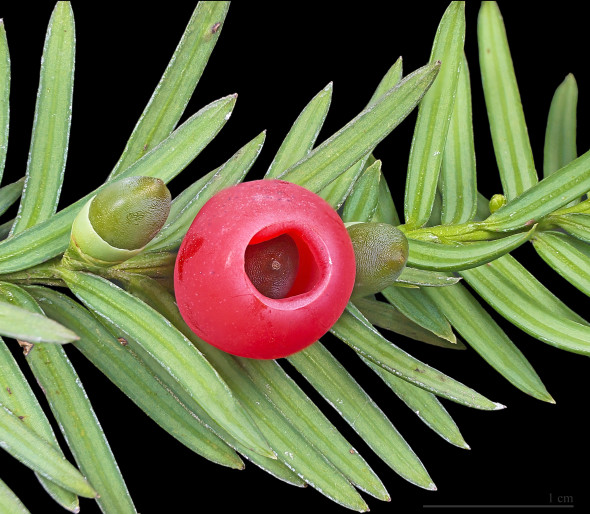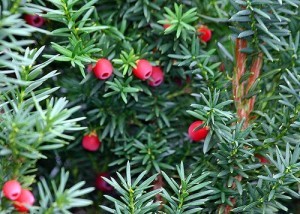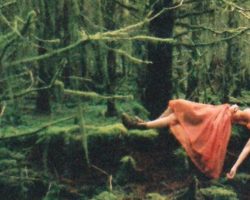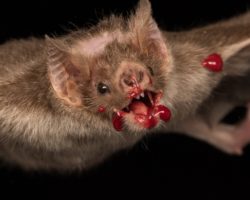So a bunch of reindeer (elk – same thing right?) got loose and ate some yew bushes (Taxus baccata) and now they are all dead. Reminded me of a patient I had not too long ago who picked a bunch of yew berries and mixed them up in a blender with some vodka to make a yew slurry (he got the recipe online). The guy drank the goo juice and promptly had a cardiac arrest secondary to a profound irregularity in his heart rhythm (technical term – dysrhythmia). The plant contains 2 different chemicals, taxine A and taxine B, both of which inhibit sodium and calcium channels in the cardiac electrical system (although taxine B is much more potent) which lead to disturbances in your heart rhythm and eventually you die. My patient actually lived – his heart rhythm normalized after a whole lot of sodium bicarbonate and aggressive emergency cardiac care including a couple rounds of electricity. He went to the psych unit but escaped and they found him outside the psych hospital picking more yew berries (they stopped him before he was able to eat them). Anyway – yew bushes and trees are everywhere – there are some very famous, incredibly old yew trees in England, Scotland and Spain, some of which are thought to be 3000 years old. Every part of the yew plant is toxic except the fleshy aril berry and the plant spreads dried powdery pollen that is also toxic and can exacerbate asthma and allergies. You probably need to eat a whole tree in order to get sick, or concentrate the toxin in the form of a milkshake, like my guy did. Lucky for him, Poison Boy was on the case.
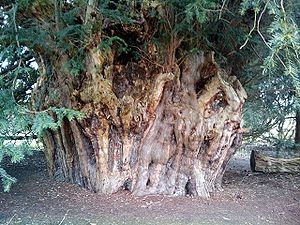 The Ankerwycke Yew in Berkshire England, said to be the site of the signing of the Magna Carta and where Henry VIII met Anne Boleyn in 1530 AD. It’s thought to be over 2500 years old.
The Ankerwycke Yew in Berkshire England, said to be the site of the signing of the Magna Carta and where Henry VIII met Anne Boleyn in 1530 AD. It’s thought to be over 2500 years old.
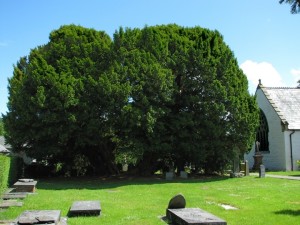 The Llangernyw Yew, said to be between 4000 and 5000 years old. According to local tradition, the church of Llangernyw is inhabited by an ancient spirit known as Angelystor (the “Recording Angel” or “Evangelist” in Welsh). This tradition holds that every year at Halloween a booming voice echoes forth from the tree and foretells the names of parishioners who will die the following year.
The Llangernyw Yew, said to be between 4000 and 5000 years old. According to local tradition, the church of Llangernyw is inhabited by an ancient spirit known as Angelystor (the “Recording Angel” or “Evangelist” in Welsh). This tradition holds that every year at Halloween a booming voice echoes forth from the tree and foretells the names of parishioners who will die the following year.





